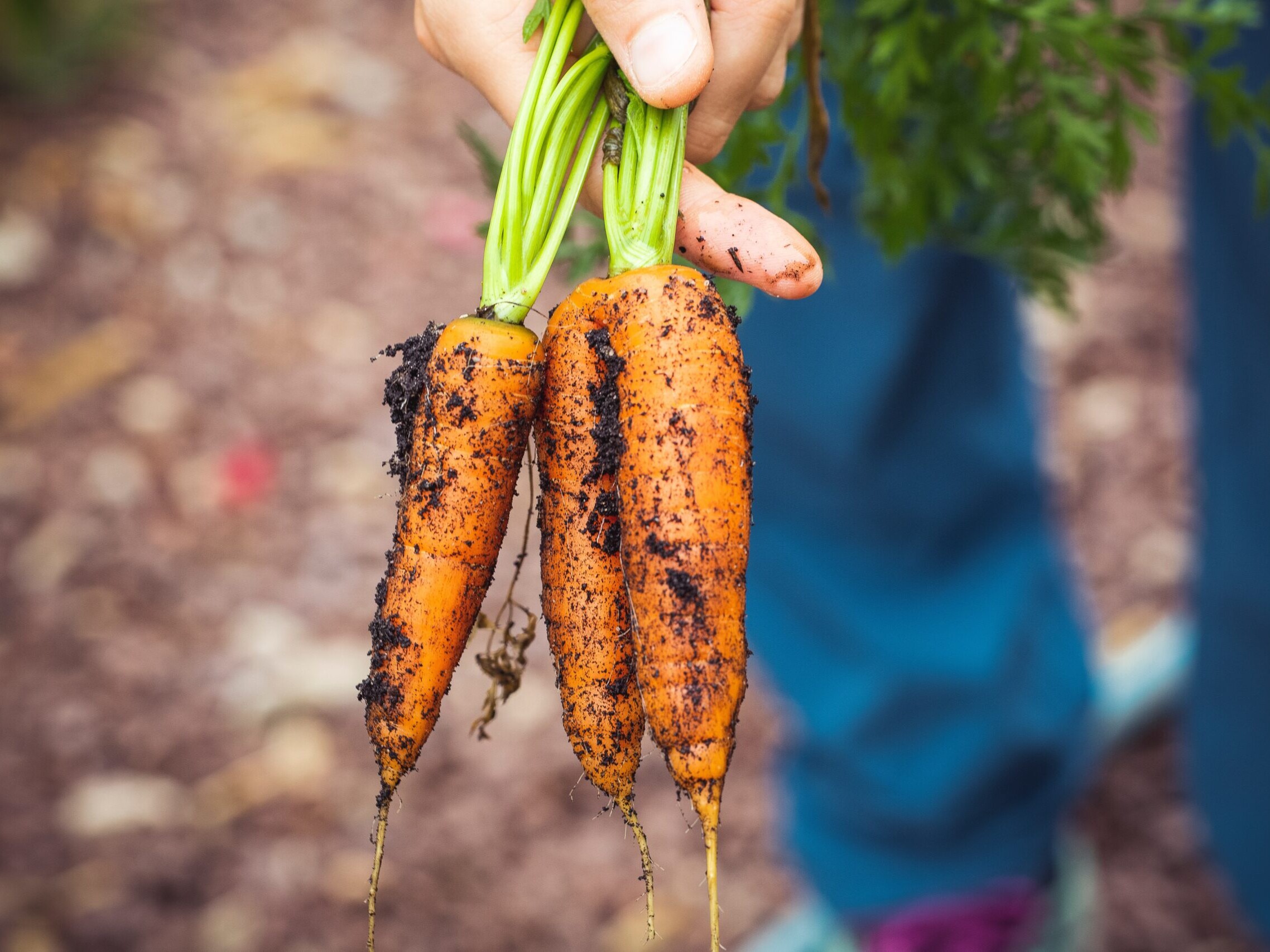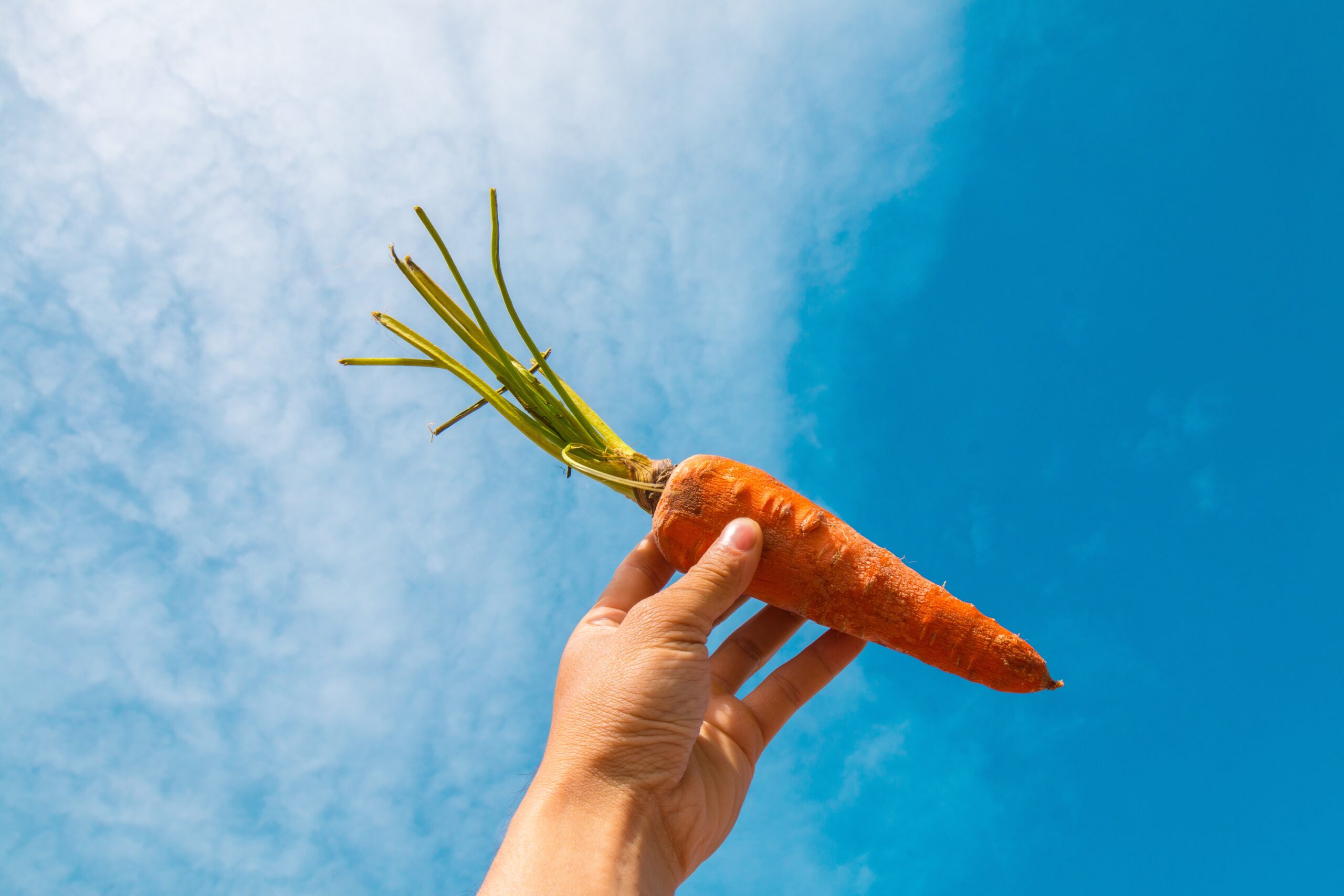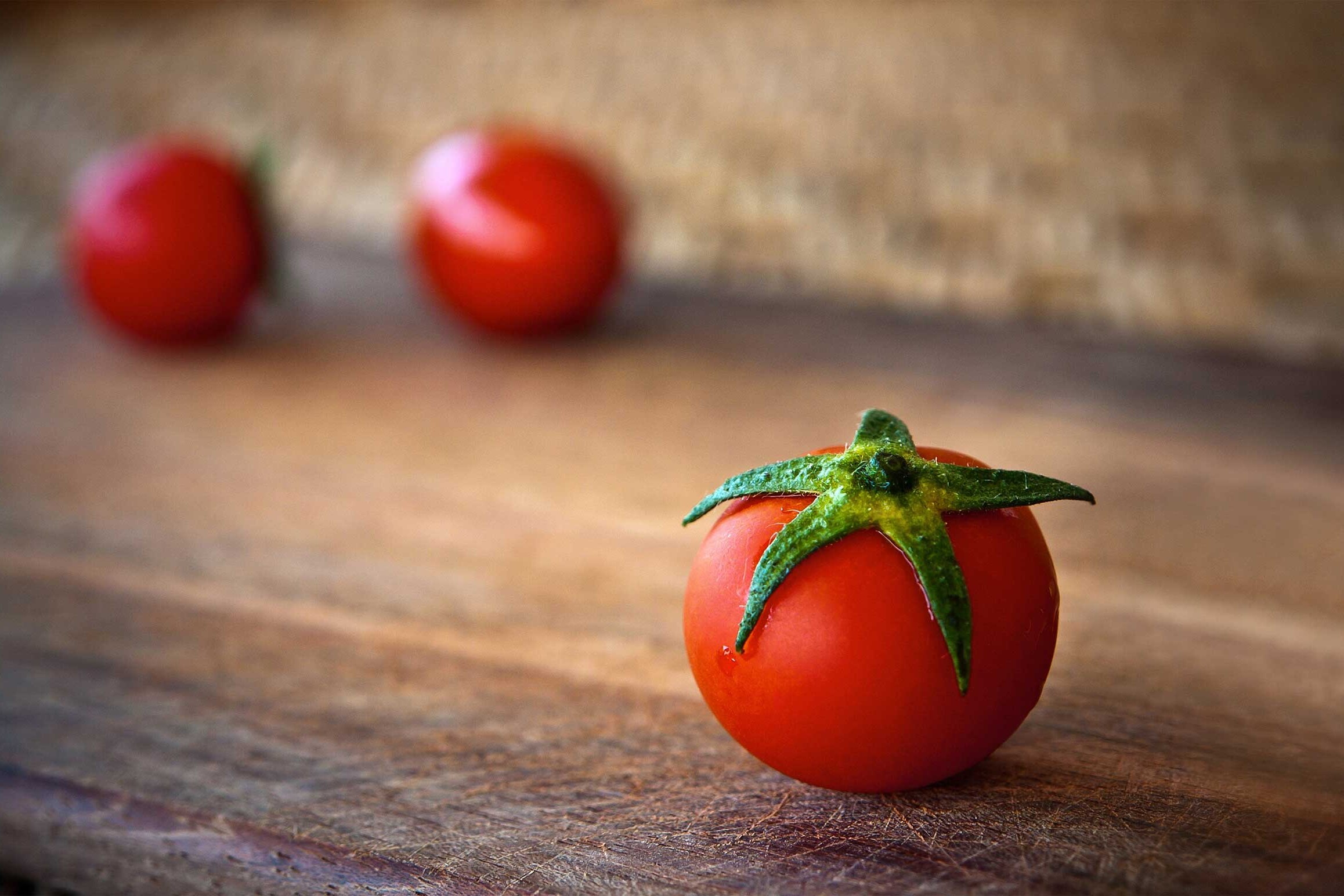Carrots are the world’s second most popular vegetable, only beaten by the mighty potato. Their natural sweetness appeals equally to young and old. And what’s more, you don’t even have to cook them in order to enjoy them.
Orange is the new purple, red, white, yellow, green … In ancient Egypt and Asia, carrots were cultivated in a wide variety of colors, primarily purple, but over time the orange variety emerged as the winner. Legend has it we owe this rather peculiar historical occurrence to the Dutch House of Orange-Nassau’s influence and power. At the time, carrots were solely imported in Europe by the Dutch East India Company, who held the monopoly in the spice trade between Europe and Asia. As their name kind of gives away, the Dutch really identified with the color orange. So there you go.
Regardless of any nationalistic or chauvinist considerations, carrots get their orange color from their plentiful supply of beta-carotene, a natural pigment that converts into vitamin A as it enters our body, and strengthens our immune system while slowing down the process of deteriorating eyesight. The brighter a carrot’s color, the more carotene it holds. True story: in World War II, British RAF pilots were being fed “special breed” high carotene carrots in an attempt to increase their accuracy or hit ratio on the battlefield.


In addition to vitamin A, carrots also carry large quantities of vitamins B, C and E, which are believed to protect us from heart diseases, cancer, and skin-aging. Our ancestors praised carrots primarily for their medicinal value, today we love them for their sweet flavor. Raw or cooked, steamed or roasted, they never disappoint. One of our personal favorite recipes: a (raw or cooked) carrots salad with a parsley, cilantro, smoked paprika, cumin, lemon juice, olive oil, soy sauce, garlic, and honey dressing. Simply irresistible!
For maximum health profit, be advised to consume carrots raw and unpeeled, while they still have all their natural nutrients on board. Our grandmothers liked to add sugar for extra sweetness, over time we have come to settle for their more-than-sufficient “free” dosage of 3.7 grams sugar per 100 grams. Since carrots preserve most of their vitamins right under their skin, it’s better to scrape or brush them than peel them. Whatever your preferred modus operandi, wait as long as possible before slicing, since a lot of vitamins evaporate as soon as they make contact with air.
You can preserve carrots three to four days in your refrigerator before they start turning limp and gradually lose their flavor. Mind you, though, do not keep them together with fruits or vegetables that produce ethylene, like as pears, apples and potatoes, because their proximity will quickly make carrots stale and bitter. Having said that, enjoy!
READ MORE
The tomato: a true story
Botanically speaking, tomatoes are a fruit. In 1893, however, the U.S. Supreme Court ruled that this juicy jewel of nature should be classified as a vegetable. It was a decision…
Basil forever for everybody
Some plants have all the luck. Basil is arguably the most fragrant and most tasty herb found in nature, but it is also one of the healthiest ones. No wonder the green jewel is…


